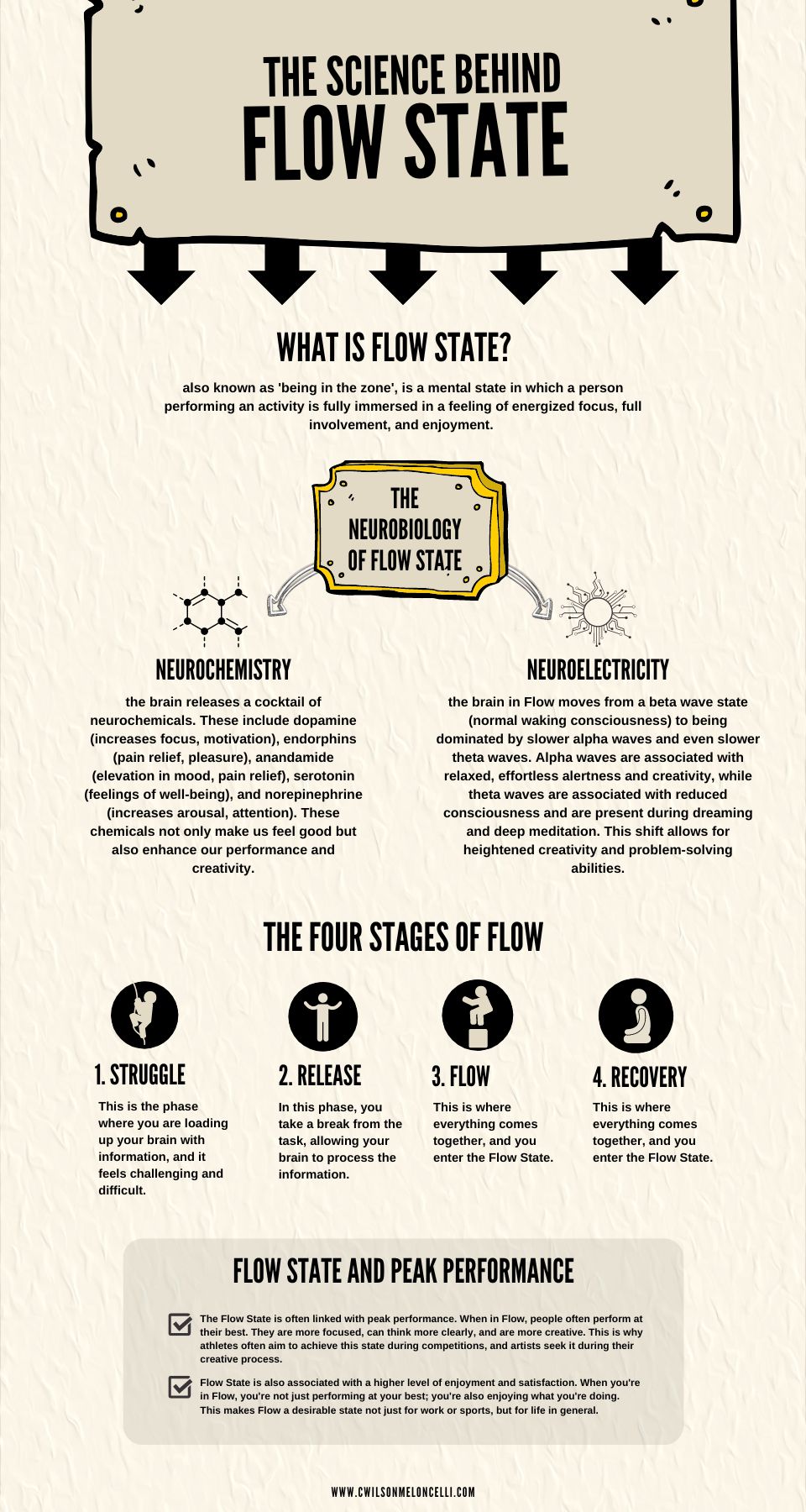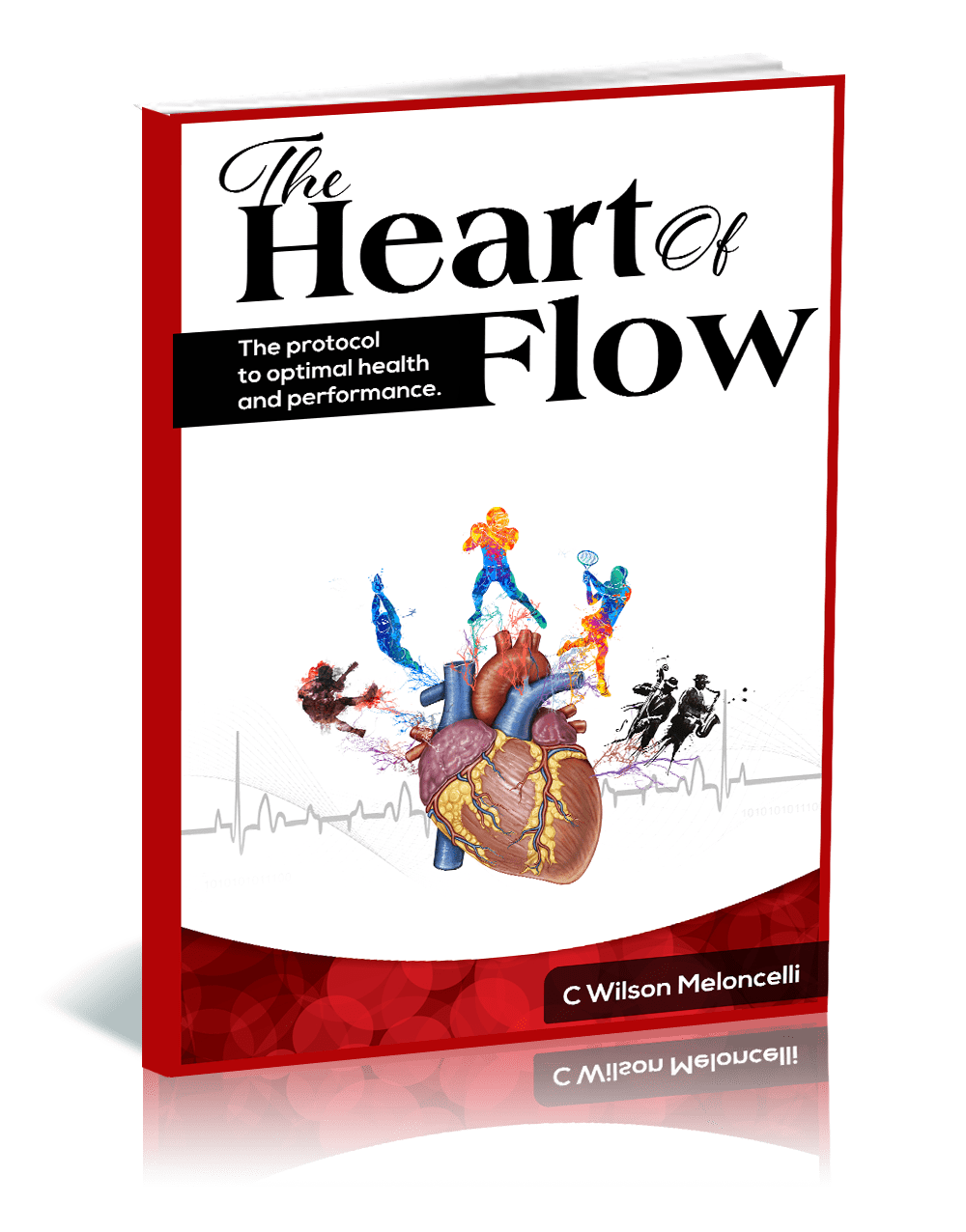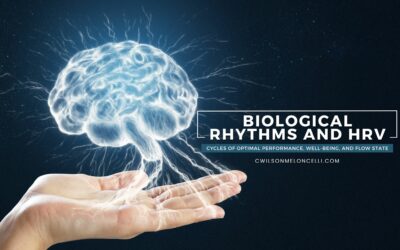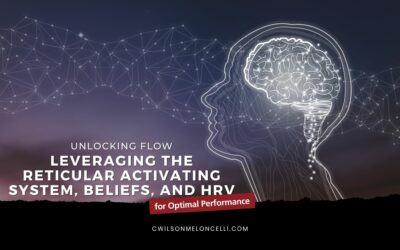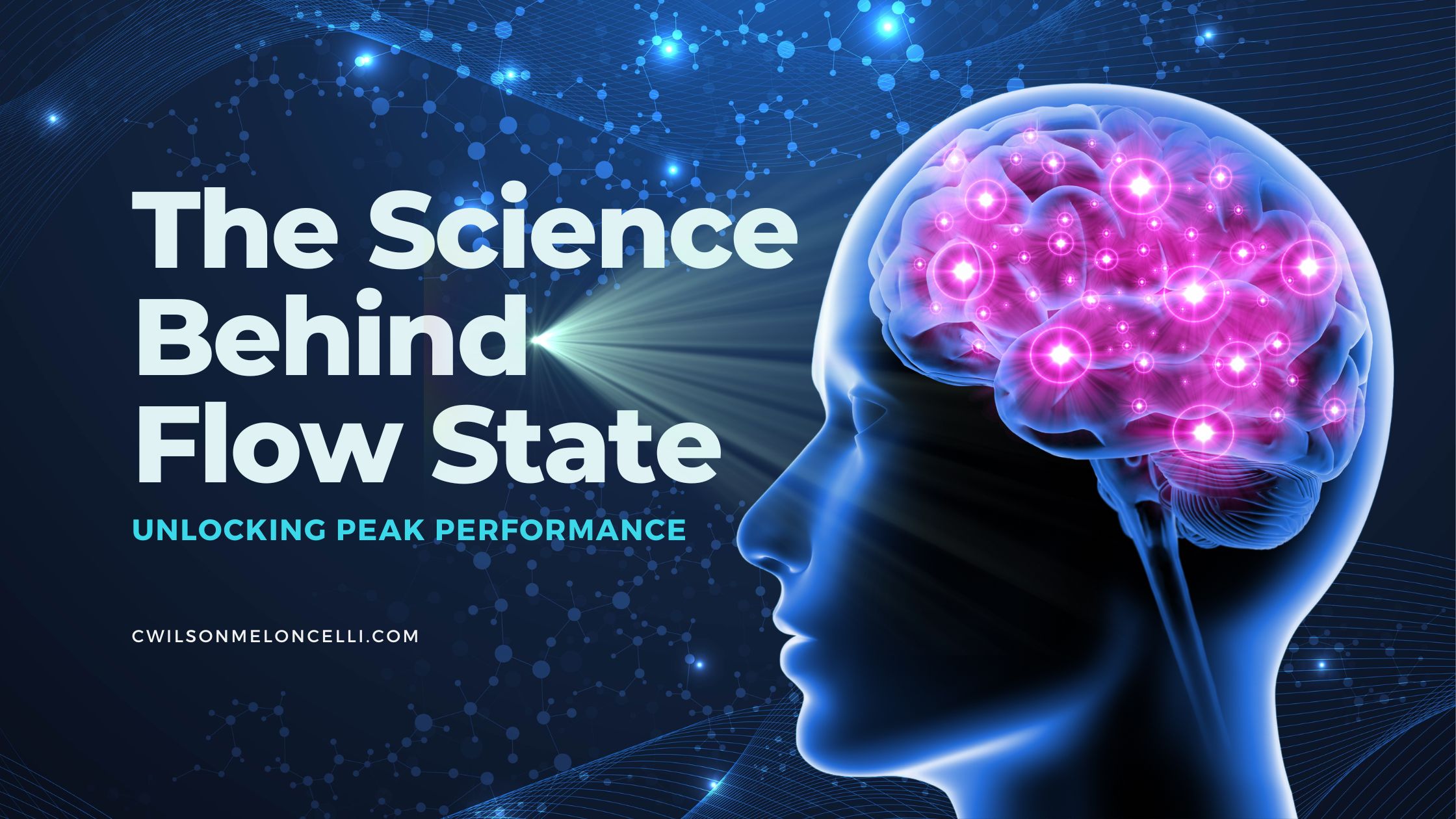
The concept of 'Flow State' has been gaining popularity in recent years, particularly among athletes, artists, and high-performing individuals. But what exactly is this 'Flow State', and how does it unlock peak performance? Let's delve into the science behind this fascinating psychological state.
What is Flow State?
Flow State, also known as 'being in the zone', is a mental state in which a person performing an activity is fully immersed in a feeling of energized focus, full involvement, and enjoyment. The term was coined by psychologist Mihaly Csikszentmihalyi in 1975 and is characterized by a sense of complete absorption in what one does, resulting in a loss in one's sense of space and time.
The Neurobiology of Flow State
The Flow State is not just a psychological phenomenon; it has a biological basis too. When we enter the Flow State, our brain behaves differently. There are changes in the brain's neurochemistry and neuroelectricity, and these changes lead to the extraordinary characteristics of Flow.
- Neurochemistry: In the Flow State, the brain releases a cocktail of neurochemicals. These include dopamine (increases focus, motivation), endorphins (pain relief, pleasure), anandamide (elevation in mood, pain relief), serotonin (feelings of well-being), and norepinephrine (increases arousal, attention). These chemicals not only make us feel good but also enhance our performance and creativity.
- Neuroelectricity: In terms of neuroelectricity, the brain in Flow moves from a beta wave state (normal waking consciousness) to being dominated by slower alpha waves and even slower theta waves. Alpha waves are associated with relaxed, effortless alertness and creativity, while theta waves are associated with reduced consciousness and are present during dreaming and deep meditation. This shift allows for heightened creativity and problem-solving abilities.
The Four Stages of Flow
According to Steven Kotler, a leading researcher on Flow, there are four stages to achieving this state:
- Struggle: This is the phase where you are loading up your brain with information, and it feels challenging and difficult.
- Release: In this phase, you take a break from the task, allowing your brain to process the information.
- Flow: This is where everything comes together, and you enter the Flow State.
- Recovery: After the Flow State, you might feel a bit drained as your neurochemicals return to baseline levels.
Flow State and Peak Performance
The Flow State is often linked with peak performance. When in Flow, people often perform at their best. They are more focused, can think more clearly, and are more creative. This is why athletes often aim to achieve this state during competitions, and artists seek it during their creative process.
Moreover, Flow State is also associated with a higher level of enjoyment and satisfaction. When you're in Flow, you're not just performing at your best; you're also enjoying what you're doing. This makes Flow a desirable state not just for work or sports, but for life in general.
Conclusion
The science behind Flow State provides a fascinating insight into one of the most powerful states of mind we can experience. By understanding how it works, we can better harness its power to unlock our peak performance. Whether you're an athlete, a musician, a writer, or just someone looking to enhance your everyday life, tapping into the Flow State can lead to extraordinary results.
Are you ready to harness the power of the 4 stages of flow—struggle, release, flow, and recovery—to unlock your peak performance? Take action now and join the transformative 4 Cycles of Flow State Program! Discover the scientific principles and proven techniques that will propel you toward optimal performance in any endeavor. Don't settle for average when you can experience the extraordinary exhilaration of flow. Embrace the journey of challenge, surrender, immersion, and renewal. Start your transformative journey toward peak performance today!
